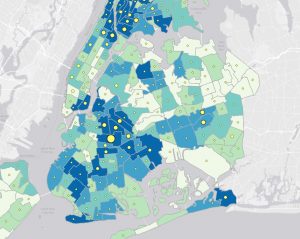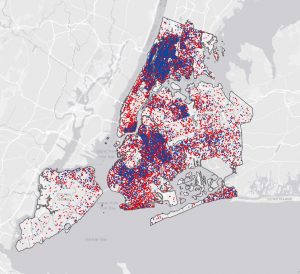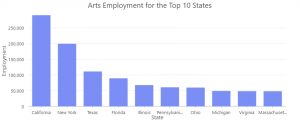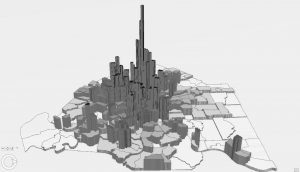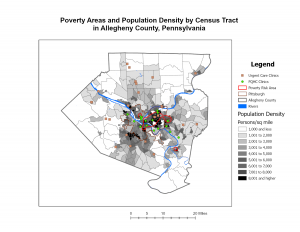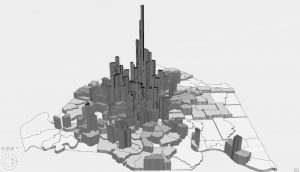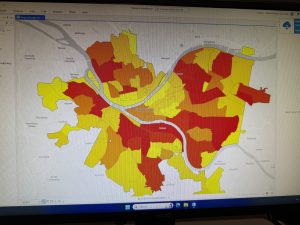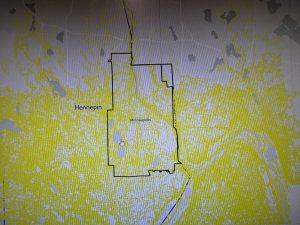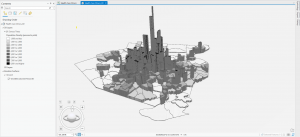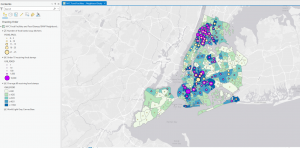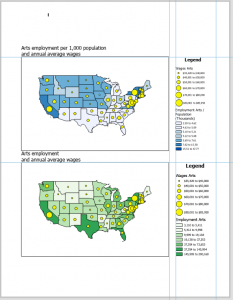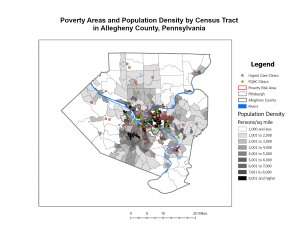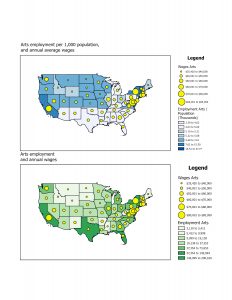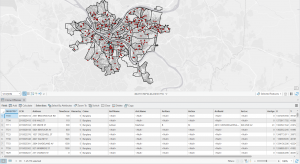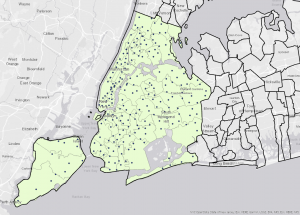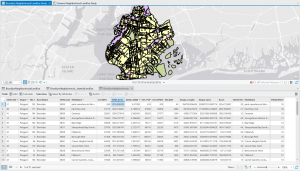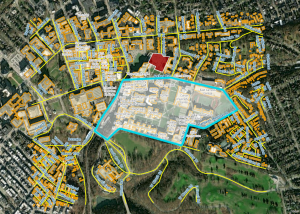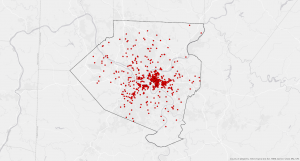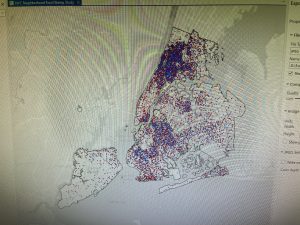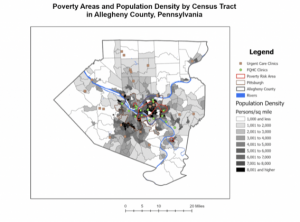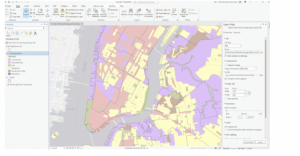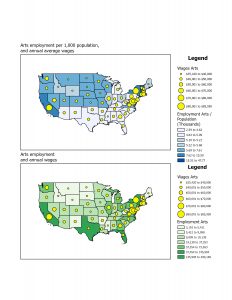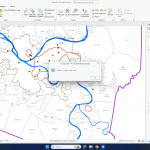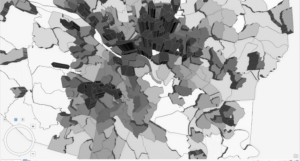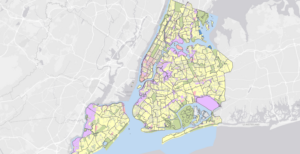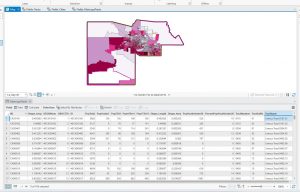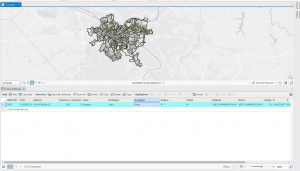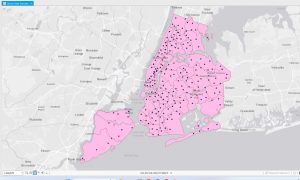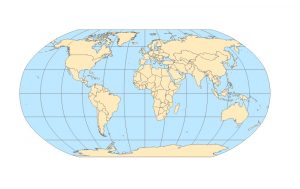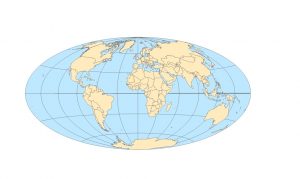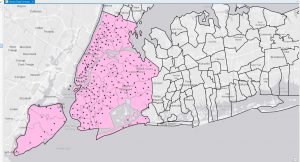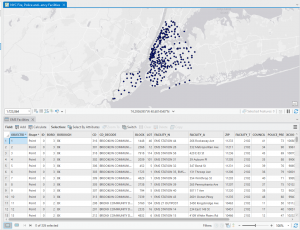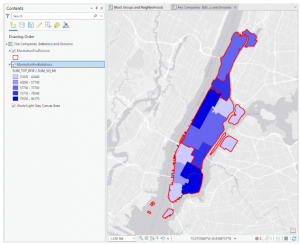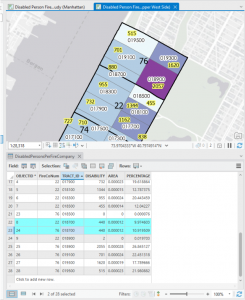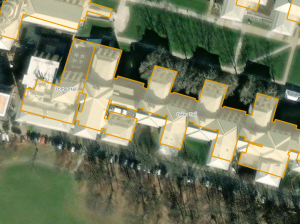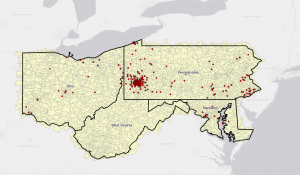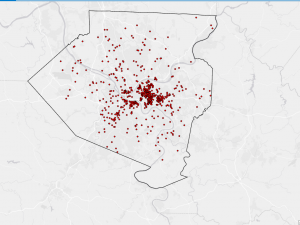Chapter 1
Finally being able to apply my knowledge to the actual program was very exciting. At first it was a little bit hard getting the hang of everything but the book was very spot on to the program. It was fun figuring out how to open and close different layers as well as being able to zoom in and out revealing different layers. There were so many tools used in this chapter but I was able to run through all these tutorials pretty seamlessly. I learned that patience is key when working on the software. Each step is very meaningful and if you miss one your result will not be correct or usable. I enjoyed the “your turn” part because it really made me think and apply the knowledge rather than just reading and doing exactly what the book was telling me to do.
Chapter 2:
Chapter 2 was a little bit of a different story. This chapter took me more time than the first chapter and included steps that were more complex than the first. I think that the first chapter did a very good job at giving me a basic understanding and chapter 2 took it to the next level. The symbology tab was very daunting at first but I slowly started to get the hang of it. However, I was unable to change the symbology for “over age 60 using food stamps”. This was the first problem I ran into and I wasn’t sure exactly how I was going to fix it. Before completely freaking out, I went to the website and read some of my classmate’s posts. That’s when I found out that this was a collective problem and no one had an answer to fix it. Additionally, I could not find the out beyond button and checked posts for a possible answer. I used Henderson’s post as a guide to fix my problem. I followed their directions by going to visibility range> max/min> <current> in order to make the pop-ups appear. Overall this chapter was mostly easy to follow and I’m slowly getting the hang of performing these tasks much more easily then the first chapter.
Chapter 3:
Chapter 3 was definitely much harder than the first two chapters considering we had to learn how to share our post as well as make a dashboard. It was fun to be able to learn how to actually post our work to the online website as well as learning the process for how to publish a story/dashboard. This definitely took me a lot longer because I have never used this online ArcGis program. I felt like the first two chapters were more of a follow step by step with extra hints whereas in chapter 3 you had to apply the knowledge you already knew without much help from the book. I did run into one problem when trying to format my dashboard . I am not sure I added my table element correctly. I tried following the steps again in the book but could not quite figure it out. I think I would benefit from possibly starting over and practicing this again in the future . Hopefully, when I have to make another post I will better understand how to without any hiccups
.